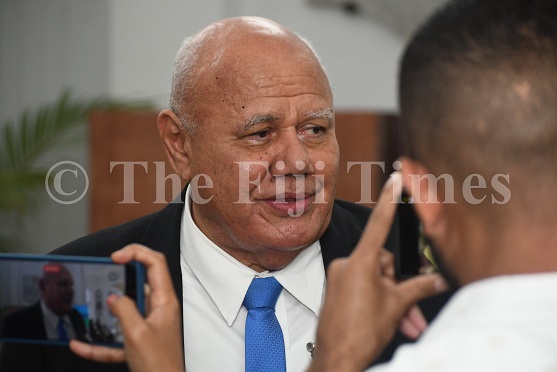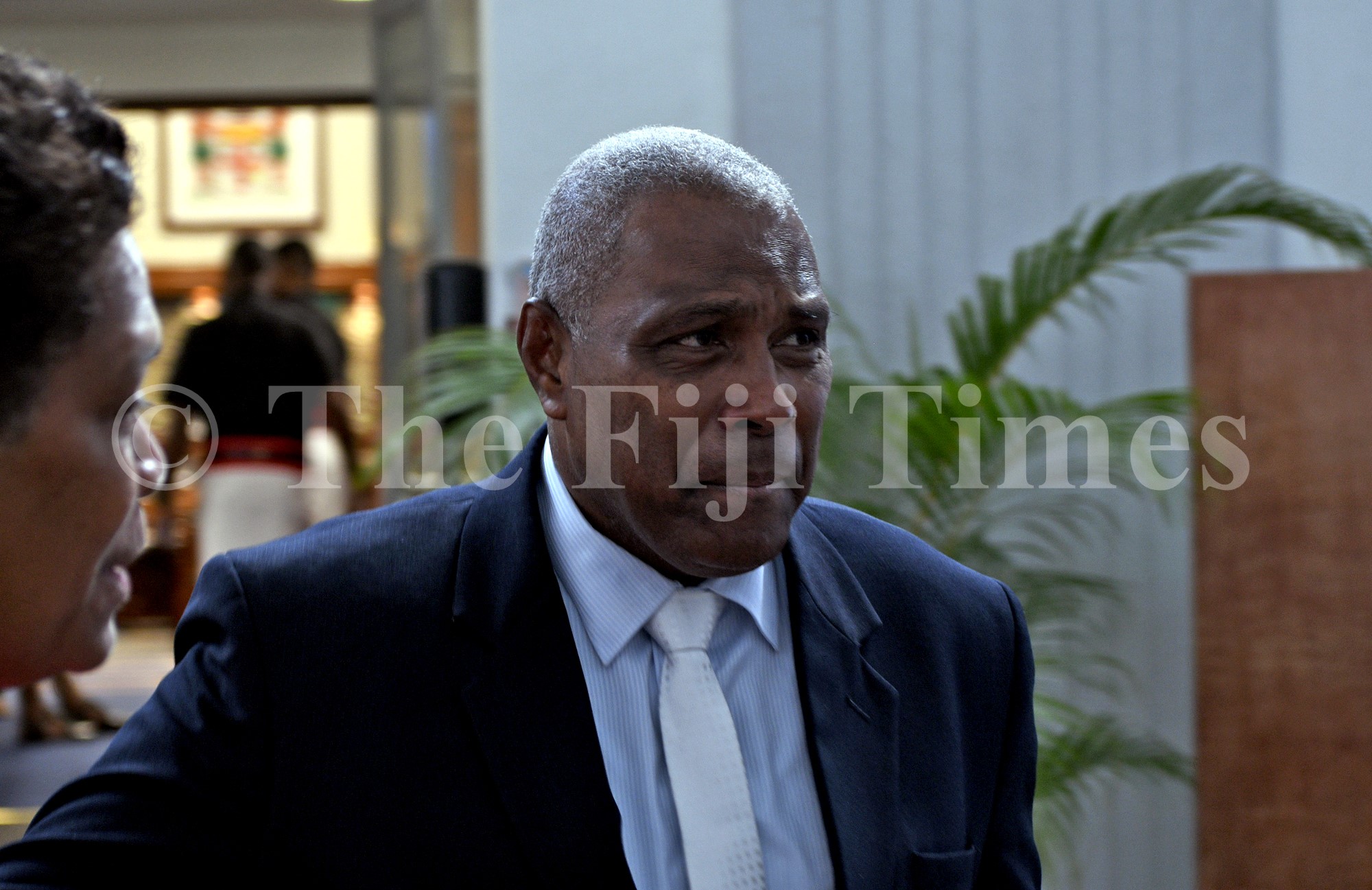WALLABY centre Samu Kerevi wants to be more involved in community-based projects such as the Na Waidamudamu Ring Ditch heritage site located at Laucala Beach just outside of Suva.
In doing so, the Viseisei, Vuda international rugby player has pledged long-term support for the community-based project which is spearheaded by the Laucala Beach Sustainability Society, QVSOB class of 2004, iTaukei Trust Fund Board and the Buca Bay Drifters Rugby Club.
The ring ditch, an outpost for the warriors of Vutia (the traditional warriors of the Roko Tui Dreketi —chief of Rewa), was abandoned about 300 years ago after the war of Na Waidamudamu with Kalabu.
“It is important firstly because of its prominent physical features as a ring ditch fortification site known as Korowaiwai — a reminder of the complex engineering, tactical and complex military skills maintained by our forebears during tribal times.
“As an outpost for warriors, it is the last remaining physical ring ditch structure within the Suva to Nausori corridor. Other remaining ditches (much larger) can be found in Burebasaga and Molituva (constructed around the same time),” said Apisalome Movono Jr, the co-founder and president of the LBSS.
As part of the initiative to restore the site, the 27-year-old Fiji-born Australian international showed his support by planting native trees.
“Today is a significant day. We have had a few high profile people over but not a young, energetic and current superstar of rugby and for him to support our projects, which is mostly community-based, voluntary and out of our pocket expenses to have someone that supports the project is really good. Not only that, with the 23 trees that we planted today it will be enough to offset Samu’s carbon emission for eight or more trips around the world. And as the trees grow, it will offset more. So Samu is doing his bit in reducing his footprints being a globetrotter himself,” said Mr Movono.
He added the onus was on every individual to see how they could contribute to controlling the impact of climate change.
“For our boys, it is a positive message that even though he is a rugby player, we need to plant trees, we need to conserve more and with Samu coming from Australia, he is very proud of his indigenous fruits. He’s very proud of his indigenous heritage and to be here today he feels a spiritual connection to the site and to the project and he has also pledged long-term support for the project.
“This iniative is of course in line with the achievements of the Fiji Government at COP23 that has inspired us to do what we can. The hype and excitement about going to Bonn and coming back has somehow died out, but for us it hasn’t. We have reaffirmed that we have to keep on preserving, keep on conserving, keep on planting to take care of our indigenous cultural heritage for our children and our future generation.
“For Samu, being a warrior himself, he planted a few vesi trees because to us vesi is a symbol of strength and power because of its importance to the iTaukei people.”
Research has confirmed that native trees sequester a lot of carbon.
According to Wikipedia, “trees have almost 350 million years’ experience in sequestering carbon. Trees, like other green plants, use photosynthesis to convert carbon dioxide (CO2) into sugar, cellulose and other carbon-containing carbohydrates that they use for food and growth”.
“Carbon sequestration describes long-term storage of carbon dioxide or other forms of carbon to either mitigate or defer global warming and avoid dangerous climate change. It has been proposed as a way to slow the atmospheric and marine accumulation of greenhouse gases, which are released by burning fossil fuels.
“Today over 100 trees currently on the site absorbs 2.1 tonnes of carbon each year. Each tree absorbs around 21kg of carbon per annum. Samu and the team planted around 25 trees to be cared for and monitored by LBSS and is projected to absorb another 525kg of carbon from the atmosphere in 12 months.
“Not including the aesthetic and biological functions to the soil, birds and surrounding ecosystems,” said Mr Movono, who recently gained his PhD in tourism management at the Griffith Institute for Tourism at Griffith University in Australia.






